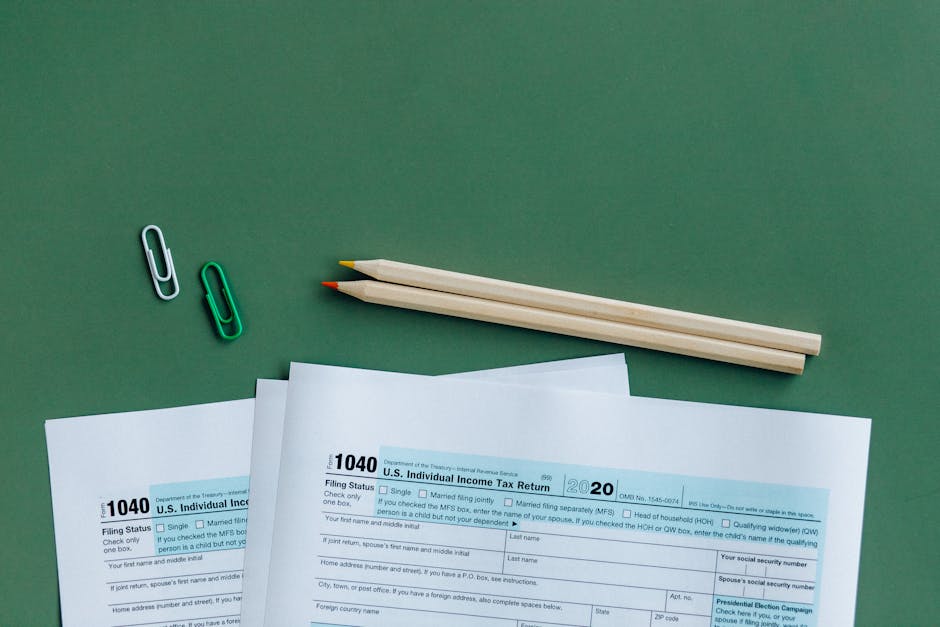Expert Insights on Government Subsidized Housing for Seniors
As the population ages, the need for affordable housing options tailored to seniors has become increasingly important. Government-subsidized housing programs aim to address this challenge by providing low-cost or income-based housing solutions for older adults who may struggle to afford market-rate accommodations. These programs are designed not only to make housing accessible but also to ensure that seniors can live comfortably and with dignity in their later years.

Understanding how these programs function, the eligibility requirements, and the benefits they offer is essential for seniors and their families. With various types of subsidies and initiatives in place, navigating the system can be complex but is well worth the effort when seeking stable and affordable housing solutions for senior citizens.
What Are Government-Subsidized Housing Programs for Seniors?
Government-subsidized housing programs are initiatives funded by federal, state, or local governments to help low-income individuals, including seniors, secure affordable housing. These programs often provide rental assistance or reduced rents based on an individual's income. Seniors typically qualify if their income falls below a certain threshold, which varies depending on the program and location.
The most well-known initiative is the U.S. Department of Housing and Urban Development's (HUD) Section 202 Supportive Housing for the Elderly Program. This program specifically targets seniors aged 62 or older with very low incomes, offering them affordable apartments with support services like cleaning, transportation, and meal preparation.
Eligibility Criteria for Seniors
Eligibility for government-subsidized senior housing varies depending on the program but generally includes factors such as age, income level, and residency status. Most programs require applicants to be at least 62 years old. Income limits are determined by median income levels in a given area, with many programs focusing on those earning less than 50% of the area median income (AMI).
- Age Requirement: Applicants must meet the minimum age criteria set by the program (usually 62 years or older).
- Income Limits: Seniors must fall within specified income brackets, often based on AMI.
- Citizenship/Residency: Many programs require U.S. citizenship or legal residency status.
- Additional Factors: Some programs may consider health needs or prioritize applicants who are homeless or at risk of becoming homeless.
The Benefits of Subsidized Housing
Seniors enrolled in subsidized housing programs gain access to a range of benefits designed to enhance their quality of life. The most obvious advantage is financial relief through reduced rent costs, which allows seniors to allocate more of their limited incomes toward other essentials like healthcare and food.
In addition to affordability, many subsidized housing complexes offer amenities such as community rooms, recreational activities, and on-site medical support. These features promote social interaction and a sense of community among residents while addressing specific challenges that aging individuals may face.
The Application Process
The process of applying for government-subsidized senior housing can be time-consuming but manageable with proper preparation. Applications typically involve providing proof of age, income documentation such as tax returns or Social Security statements, and evidence of residency or citizenship status. Here’s an overview:
- Research Available Programs: Identify programs in your area that cater specifically to seniors.
- Collect Necessary Documents: Gather paperwork like identification cards, proof of income, and medical records if required.
- Submit Your Application: Apply through local housing authorities or directly through property managers handling subsidized units.
- Waitlist Placement: Due to high demand, many applicants are placed on waitlists before receiving assistance.
Challenges Facing Subsidized Senior Housing
The growing demand for affordable senior housing has led to long waitlists in many areas. According to a report by AARP (aarp.org), some applicants wait years before securing a spot in government-subsidized units due to limited availability and high demand. Funding cuts to federal programs like HUD exacerbate this issue by reducing the number of new affordable units being built each year.
An additional challenge involves accessibility standards. While many subsidized properties are required to meet basic accessibility guidelines under the Americans with Disabilities Act (ADA), not all units are fully equipped for seniors with extensive mobility needs or other disabilities.
Seniors seeking government-subsidized housing should educate themselves on available options and prepare for potential delays in securing assistance. While challenges exist, these programs remain a vital resource for providing older adults with safe and affordable living conditions tailored to their needs.
